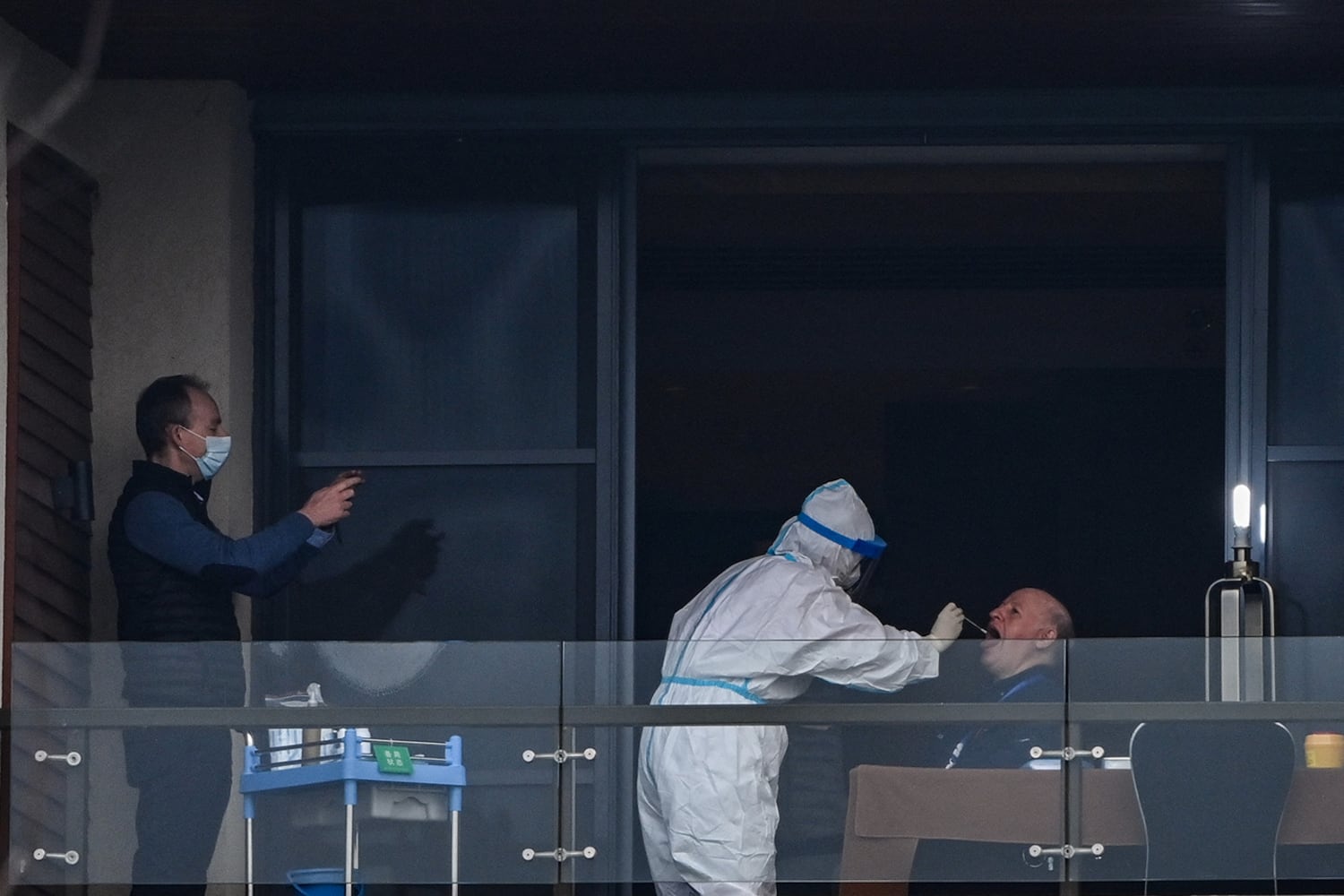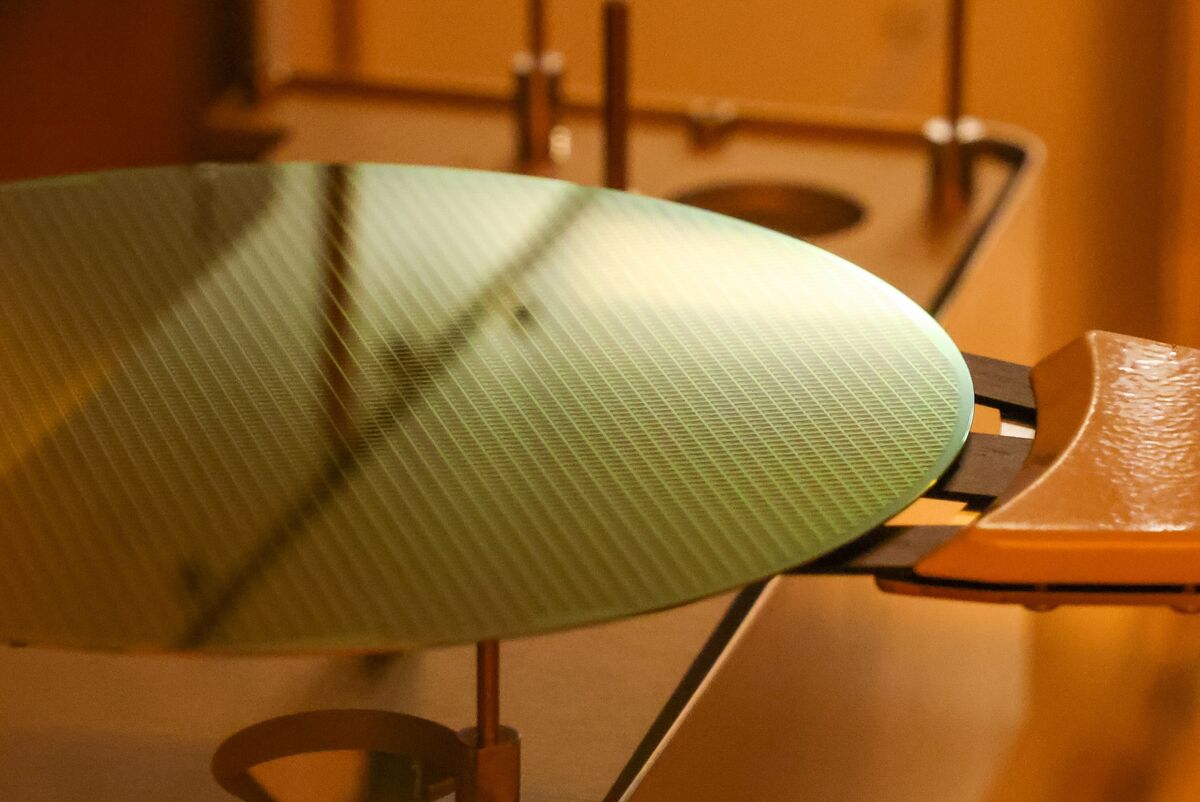WHO calls on China to release all data on COVID-19 origins
Five years after the pandemic emerged in Wuhan, global health body 'honors' victims, health workers, long-haulers.
The World Health Organization has called on China to fully release crucial data surrounding the emergence of the COVID-19 pandemic in Wuhan in 2020, although the call was dismissed by Beijing.
Five years ago, on Dec. 31, 2019, WHO’s Country Office in China picked up a media statement by the Wuhan Municipal Health Commission on cases of “viral pneumonia” in Wuhan, China, the World Health Organization, or WHO, said in a statement commemorating the start of the pandemic.
“In the weeks, months and years that unfolded after that, COVID-19 came to shape our lives and our world,” the United Nations health body said. “We continue to call on China to share data and access so we can understand the origins of COVID-19. This is a moral and scientific imperative.”
It added: “Let’s take a moment to honor the lives changed and lost, recognize those who are suffering from COVID-19 and long COVID, express gratitude to the health workers who sacrificed so much to care for us.”
China on Tuesday dismissed calls on its government to release more data from the emergence of the pandemic, which has killed at least 7 million people worldwide, and defended its record on international collaboration.

“After the outbreak of the COVID-19 pandemic five years ago, China immediately shared epidemic information and virus gene sequences with the World Health Organization and the international community,” foreign ministry spokeswoman Mao Ning told a regular news briefing in Beijing on Tuesday.
“On the issue of COVID-19 origin tracing, China has always adhered to the spirit of science, openness and transparency, actively supported and participated in global scientific tracing, and resolutely opposed any form of political manipulation,” Mao said, quoting WHO experts as saying that they were satisfied with the access granted during their February 2021 visit.
Early days of COVID-19 pandemic
When reports first began to emerge of a “mystery virus” causing pneumonia in patients in Wuhan, China said it definitely wasn’t SARS, but later said it was a SARS-like virus.
Officials initially denied that the disease was being transmitted between people.
Ho Pak-leung, head of the University of Hong Kong’s Centre for Infection, warned in early January 2020 that that it was highly possible that the disease was spreading from human to human, given the sheer number of cases that appeared in a short period of time.
Human-to-human transmission was confirmed by the WHO on Jan. 19, 2020.
RELATED STORIES
US intel chief: Agencies ‘divided’ over COVID origins
Pandemic citizen journalist evicted from newly leased home in Wuhan
Whistleblowing pandemic journalist Zhang Zhan back in detention
Officials also denied that the virus spread through the air.
The WHO also continued to advise that the disease was spread through “respiratory droplets and contact” rather than traveling through the air like smoke. This led governments and health services around the world to emphasize hand-washing and social distancing over other preventive measures.
The body eventually published a report in April 2024 admitting that the virus was transmitted “through the air.”
Experts lacked full picture
But a WHO team sent to Wuhan to investigate the origins of the coronavirus pandemic in February 2021 sent out mixed signals regarding the transparency of the probe. Investigators said China refused to hand over raw patient data on early COVID-19 cases, making it harder to figure out how the outbreak began.
Whistleblowing doctors like Li Wenliang died of COVID-19 in the early phase of the pandemic, while those who survived were later silenced by intense political pressure.
Citizen journalists who went to Wuhan to document the early weeks of the outbreak and the citywide lockdown that followed were eventually caught, detained and sentenced to lengthy jail terms. Even after their release, some continue to face restriction and harassment.
Rights groups said many Chinese people who spoke out against the government’s handling of the initial outbreak that eventually spread around the world had been prevented from getting anywhere near the team.
Competing theories of origin
Experts hired by the global health body to carry out a politically sensitive investigation of the origins of the pandemic had initially said that a leak from the lab was “extremely unlikely.” But WHO chief Tedros Adhanom Ghebreyesus later said the lab leak theory warranted further investigation, as experts from 13 countries criticized a lack of transparency from China.
The U.S. intelligence community remains divided over whether COVID-19 originated from a lab in Wuhan or from natural exposure to an infected animal, and is only sure it wasn’t a deliberate bioweapon, Director of National Intelligence Avril Haines told the Senate in March 2023.
China has continued to insist that the virus originated from outside its borders, a claim reiterated by Mao on Tuesday.
“The international scientific community has more and more clues pointing to the global origin of the virus,” she said. “Origin tracing should also be based on a global perspective and carried out in multiple countries and regions.”
Better public health response still needed
Nearly five years since the first SARS-CoV-2 infections were reported, most countries have lifted public health and social measures and have moved to end their national COVID-19 emergencies, the WHO said on its official website.

“COVID-19 continues to circulate widely, however, presenting significant challenges to health systems worldwide,” it said, adding that “tens of thousands” of people are infected or re-infected with SARS-CoV-2 each week around the world.
It called on governments to “sustain the public health response to COVID-19 amid ongoing illness and death and the emergence of SARS-CoV-2 variants.”
According to the National Institutes of Health’s LitCovid website, which compiles COVID-19 research from around the world, Long COVID and sequelae — new health problems like neurological and cardiovascular disease that are caused by the virus — are among the most heavily researched and trending topics among scientists.
Papers on the virus' links to neurodegeneration, chronic fatigue and mitochondrial damage topped the list of trending topics out of more than 440,000 articles from 8,000 scientific journals on the website on Dec. 31, 2024.
Edited by Roseanne Gerin.
This article has been sourced from various publicly available news platforms around the world. All intellectual property rights remain with the original publishers and authors. Unshared News does not claim ownership of the content and provides it solely for informational and educational purposes voluntarily. If you are the rightful owner and believe this content has been used improperly, please contact us for prompt removal or correction.






.jpg?Expires=1840063712&Key-Pair-Id=K2ZIVPTIP2VGHC&Signature=prWKBuGOVPmxZV7qoieG82omfyfXLNLusQT5Typ4zbMnoLIV6aiHAlN7iIgnSQp7xaSGOza-LcWjBiNPZDRz884yMYhfYFJPGW3lPk94WXQ0C2p~NrXnLe8ypnvUYOYMiw5cUswprSqc3-vUFFMbO5N8Mu4No3MYVkmEWCCQaOHFLTFfT4L~7G1xSV-9HrO~bvVUMcUmXa-vI526wCAwk8VWY4L1LP6s3I9dXbWUPkugoUGSCjCieR5bV2BffWCZdF0ZjYPdP8PdWTKG3Jygrdnv28XnOZp2JLgoTpLEopEJvOTe9U8PFoo1ZQTwGah4Y9ecfNUWhIa~oiprqjEXzA__)




